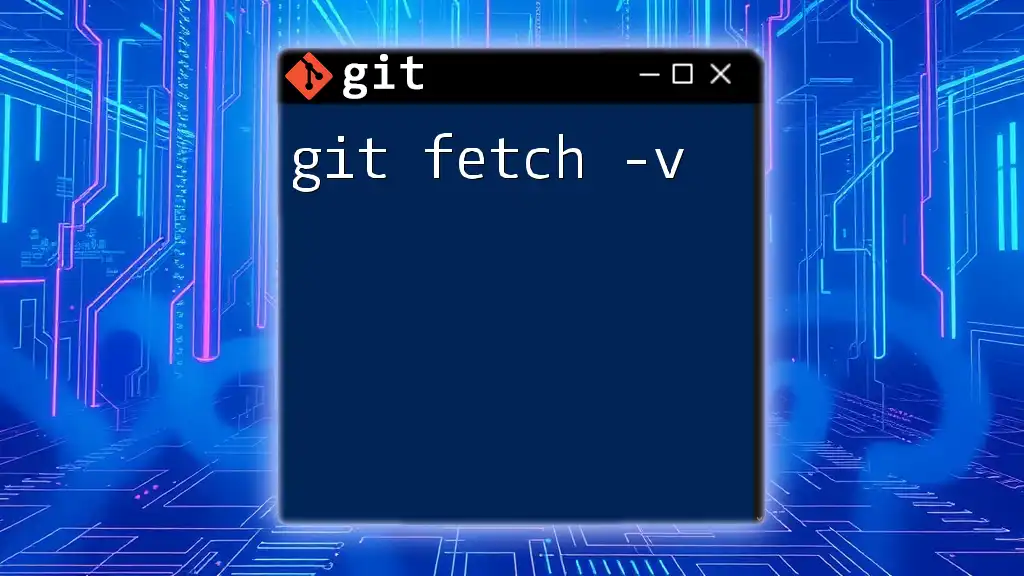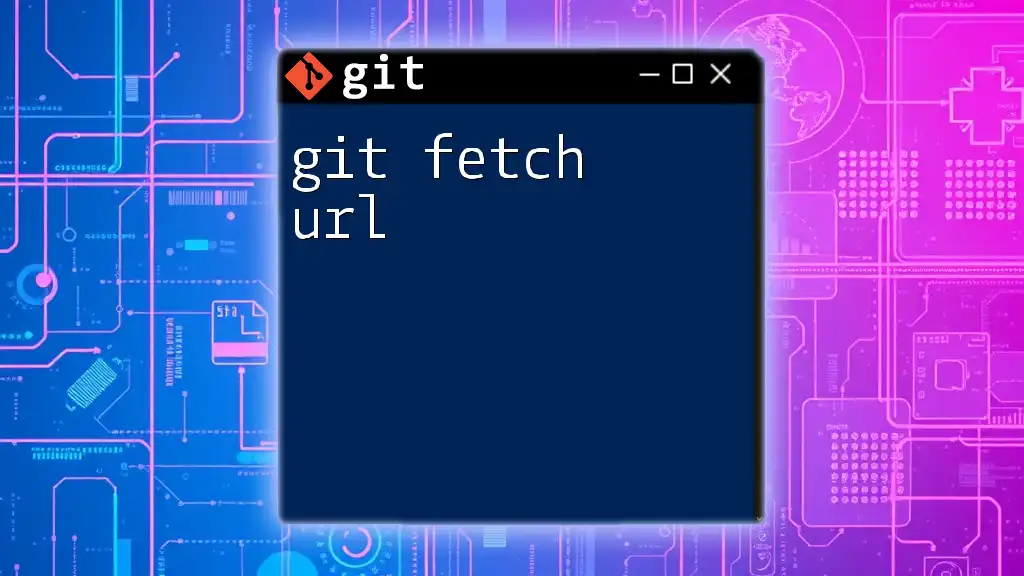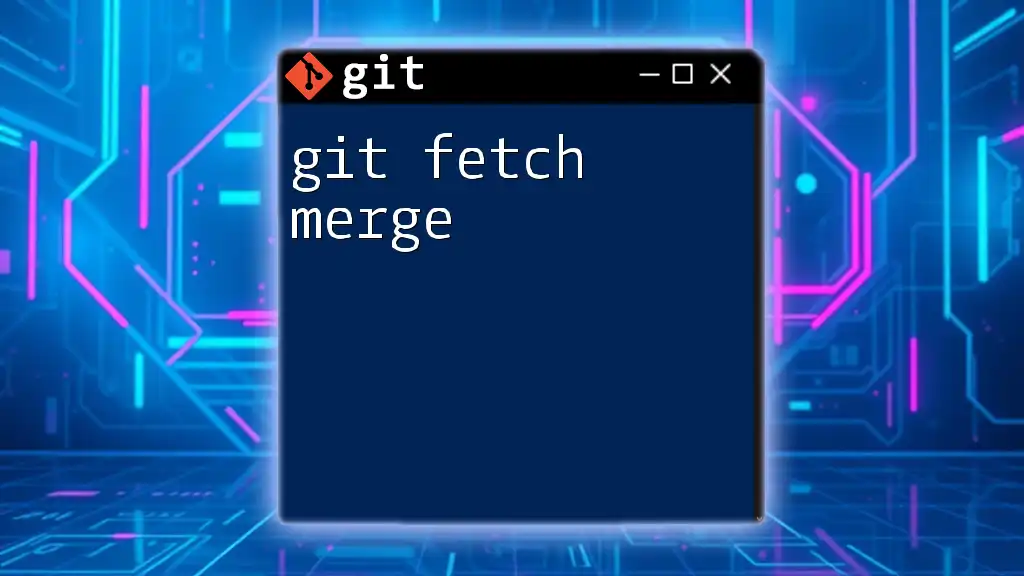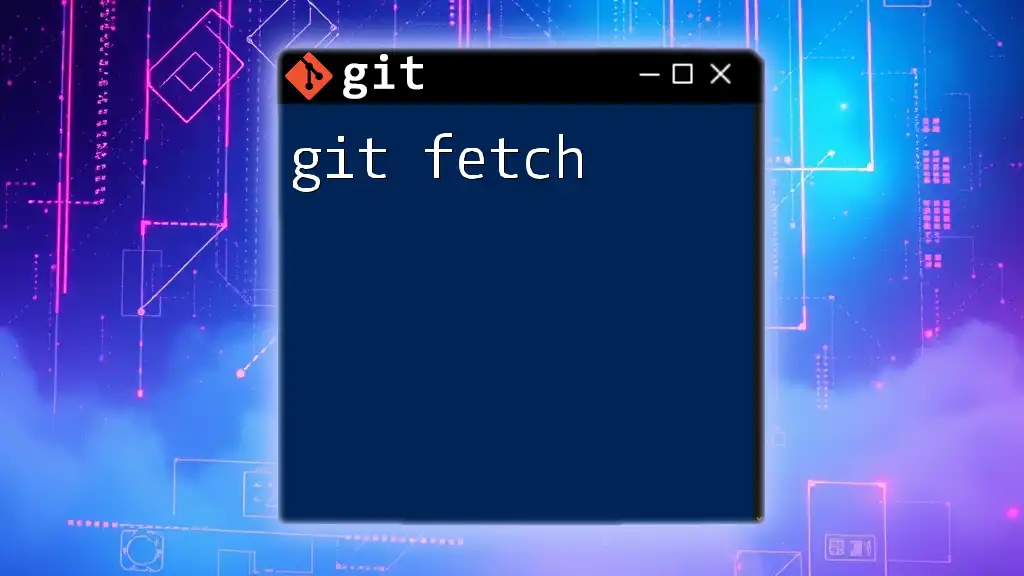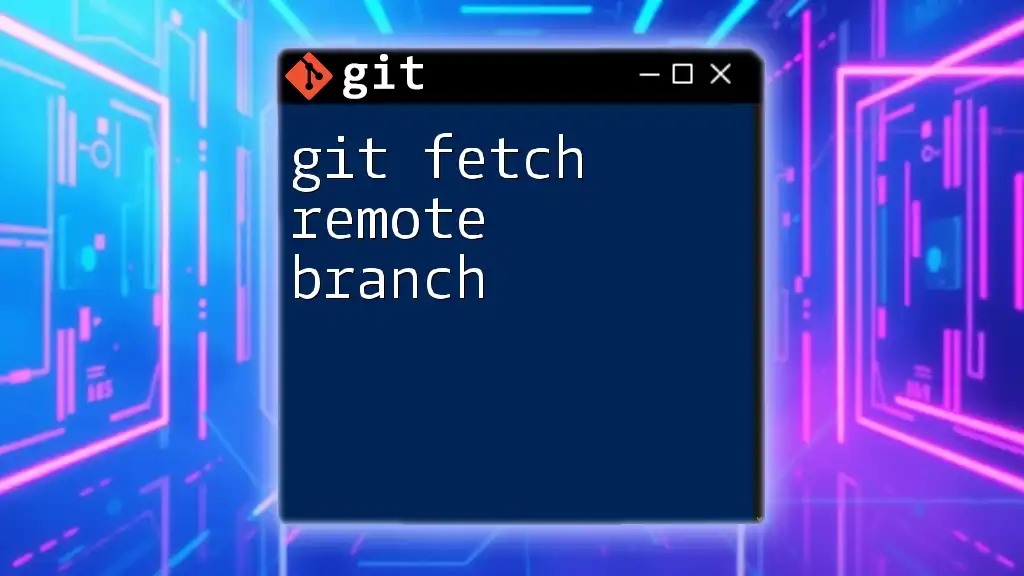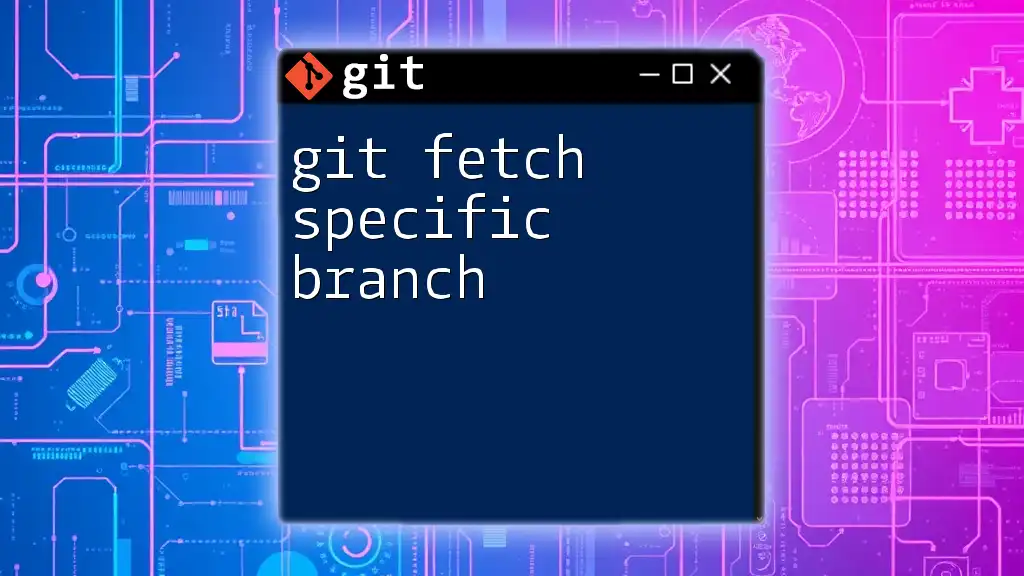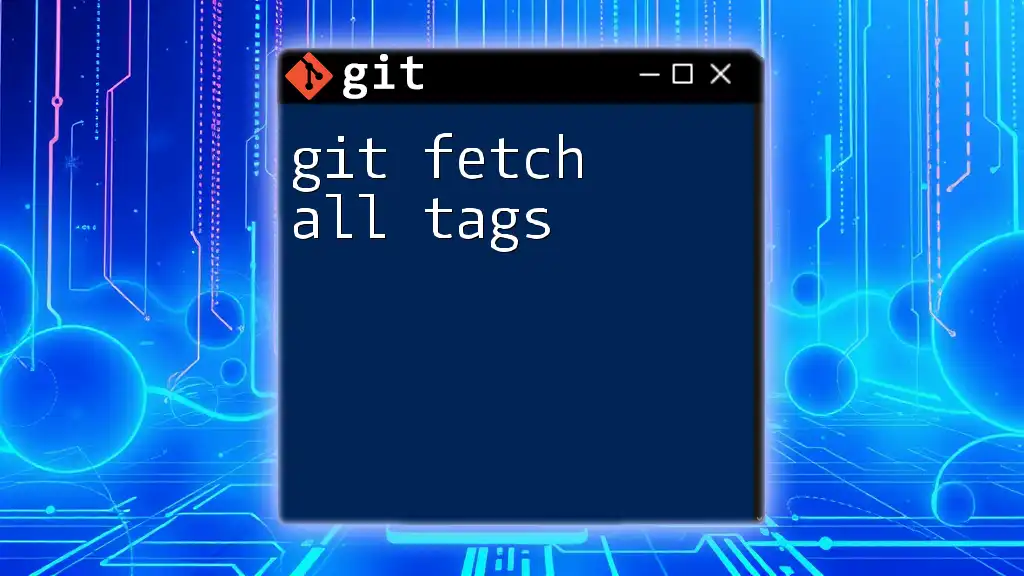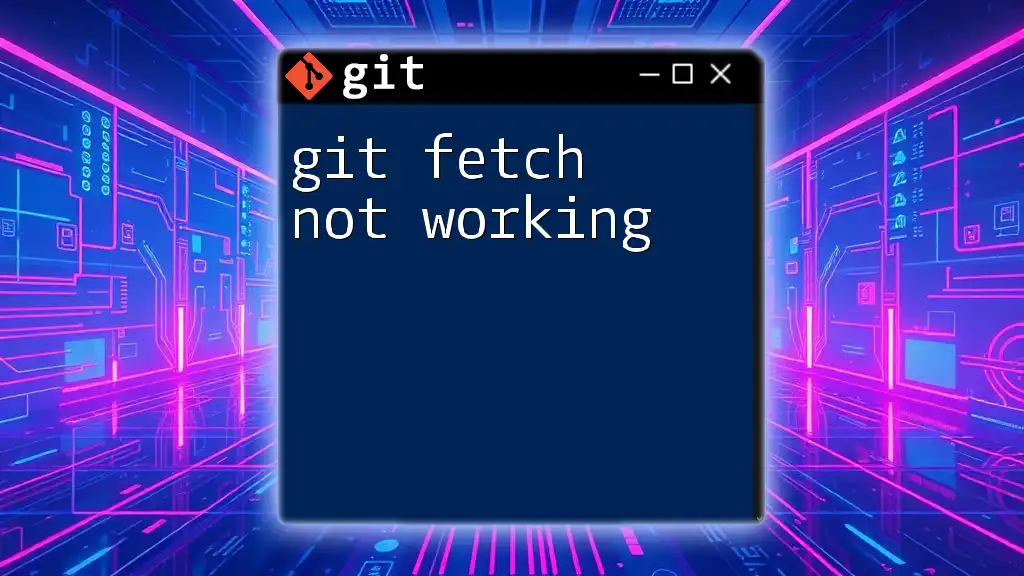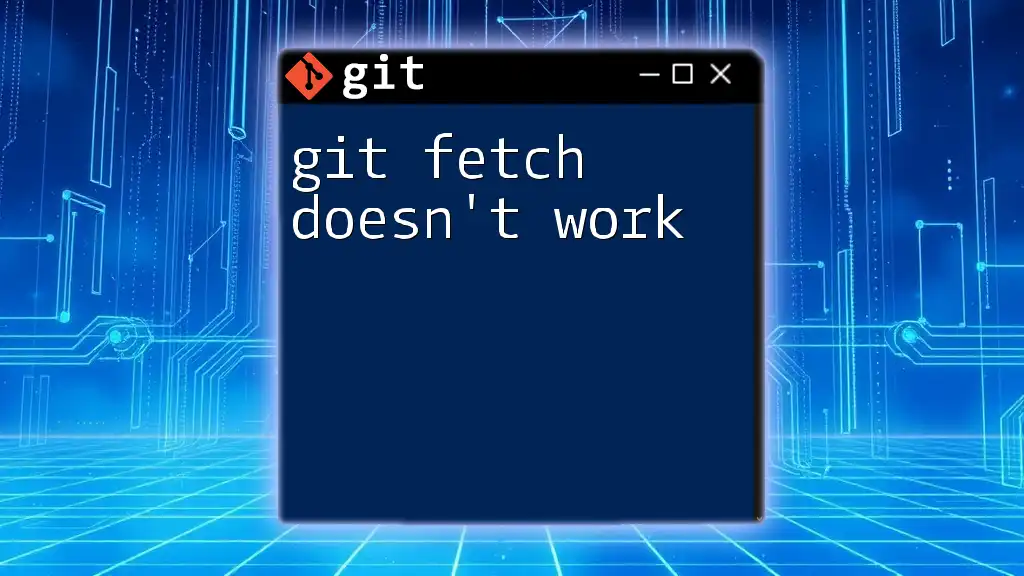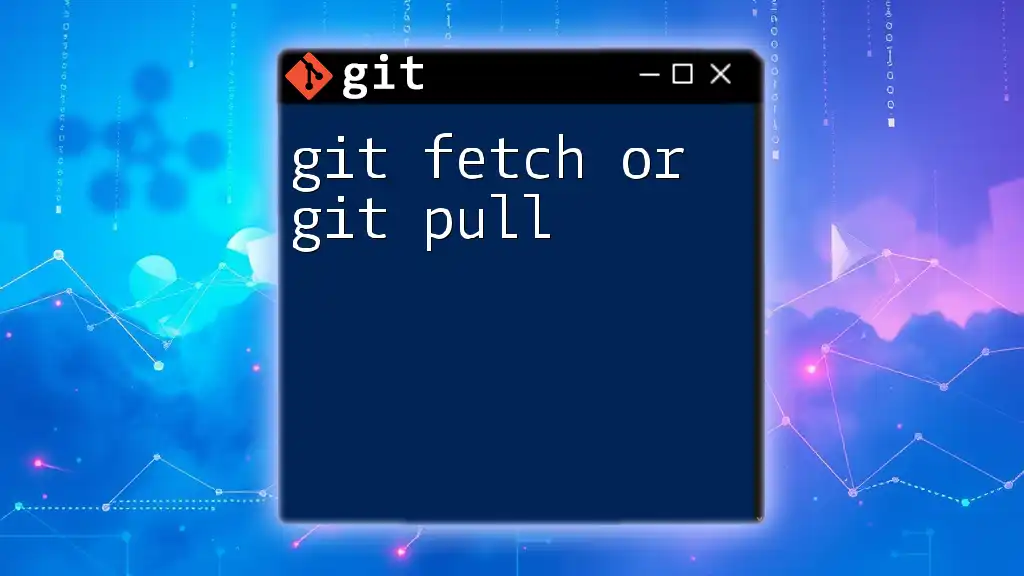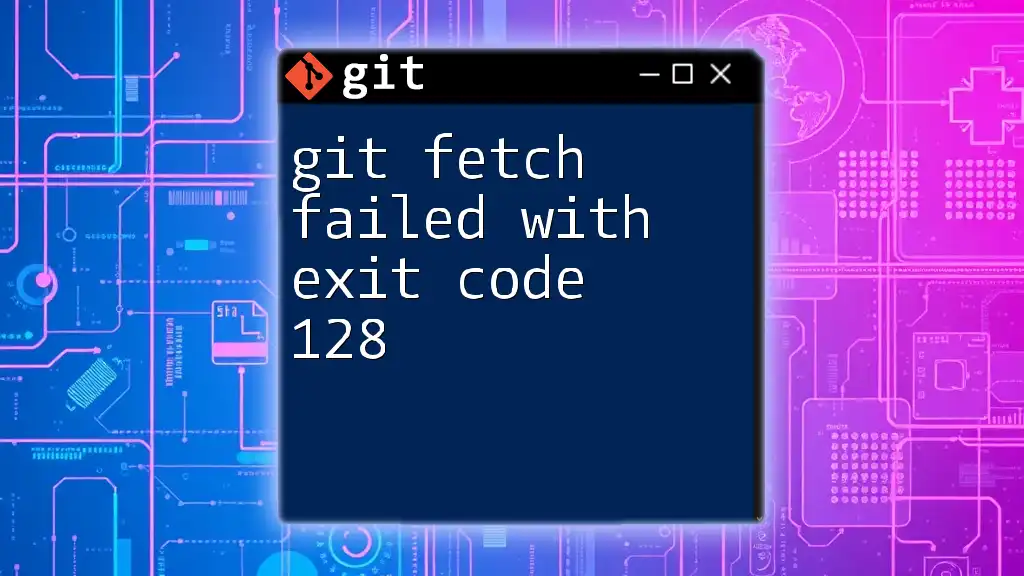The `git fetch -v` command is used to update your local repository's remote-tracking branches with verbose output, providing detailed information about the fetched changes from the remote repository.
git fetch -v
Introduction to Git Fetch
What is Git?
Git is a powerful version control system that allows multiple developers to collaborate on projects efficiently. It tracks changes to code and helps manage parallel developments, making it essential for modern software development. By using Git, teams can work on separate features or fixes simultaneously without interfering with one another's work.
Understanding Fetch
The `git fetch` command is crucial for retrieving updates from a remote repository. It allows you to download new data—commits, branches, tags—without merging anything into your local branch. This means you gain insight into changes made by others while retaining your current working state.
Differentiating Fetch and Pull: While `git fetch` only updates your local copy of the repository with the latest changes from the remote, `git pull` is a combination of `fetch` and `merge`. In other words, `git pull` fetches changes and automatically integrates them into your current working branch.
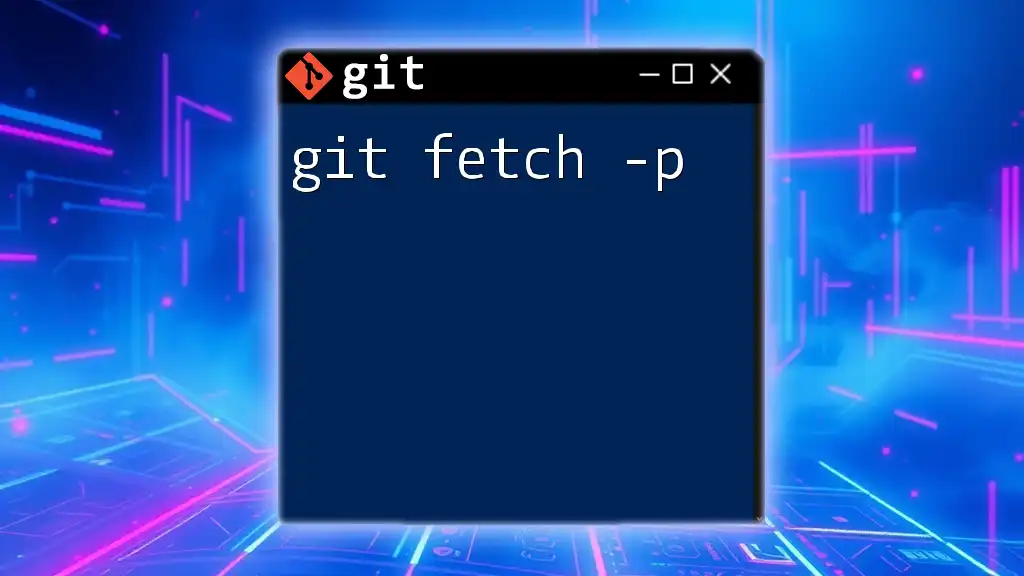
The Purpose of `git fetch -v`
What Does the `-v` Flag Mean?
The `-v` option stands for verbose. When you run the command with this flag, Git provides a detailed output of what it has done during the fetch operation. This includes information about new branches that have been fetched, commits, and which branches have diverged.
Importance of Using Verbose Mode
Using `-v` gives you a clearer picture of the activity happening in the background as Git fetches updates. You can see what changes have been introduced, track new commits, and be aware of any discrepancies between your local and remote branches. This is especially useful when you are working collaboratively—knowing where you stand in relation to the remote repository can save you potential merge conflicts down the line.
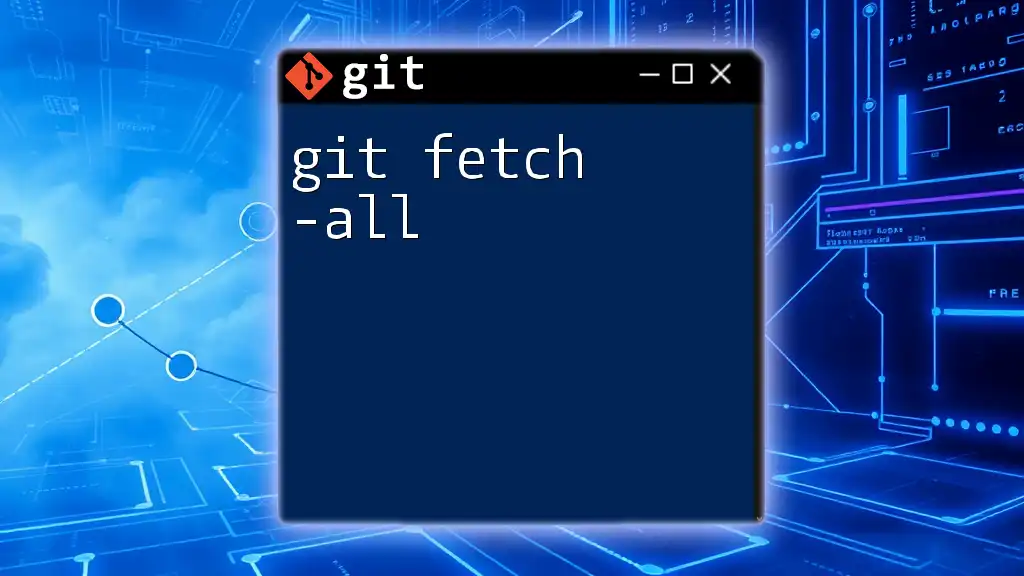
How to Use `git fetch -v`
Basic Syntax
The basic syntax for using `git fetch -v` is straightforward. It will download all the changes from your remote repository. The command looks like this:
git fetch -v
Fetching from a Specified Remote
You can also specify a particular remote repository from which to fetch changes. For instance, if your remote repository is named `origin`, you would run:
git fetch -v origin
Using this command fetches updates from the specified remote and provides detailed output, making it easier to understand what has occurred. For example, you might see messages indicating which branches have been updated.
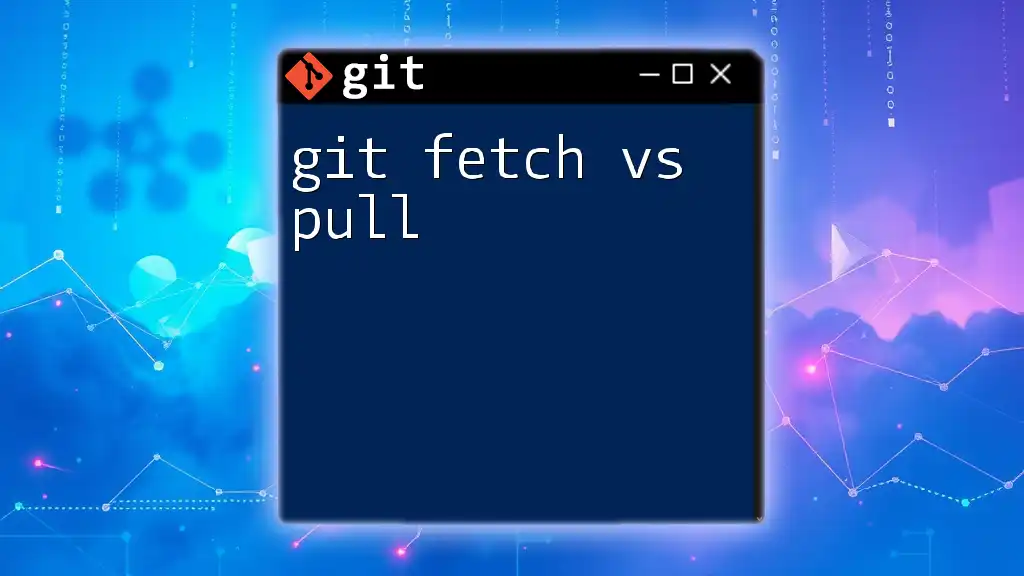
Examples of `git fetch -v`
Example 1: Basic Fetch
Let's see how `git fetch -v` operates in a standard scenario. If you run:
git fetch -v origin
You will receive output that details the changes fetched from the `origin` remote. For instance, you might see:
From https://github.com/user/repo
0e1a59d..1c35d48 master -> origin/master
b5f3a96..d7f2b3e feature-x -> origin/feature-x
This output indicates that the `master` branch has been updated from `0e1a59d` to `1c35d48`, allowing you to see not just that there are changes, but the specific commits that have been introduced.
Example 2: Fetch with Branches
If you want to fetch updates for only a specific branch, you can execute:
git fetch -v origin master
This instructs Git to retrieve only the latest changes for the `master` branch. The output will indicate if there have been any updates specifically for this branch, keeping your focus limited and contextually relevant.
Example 3: Fetching Tags
To fetch tags from the remote repository, you will use the command:
git fetch -v --tags
This command will download any new tags that have been created in the remote repository. The verbose output will inform you about the tags, showing you which ones were added or updated.
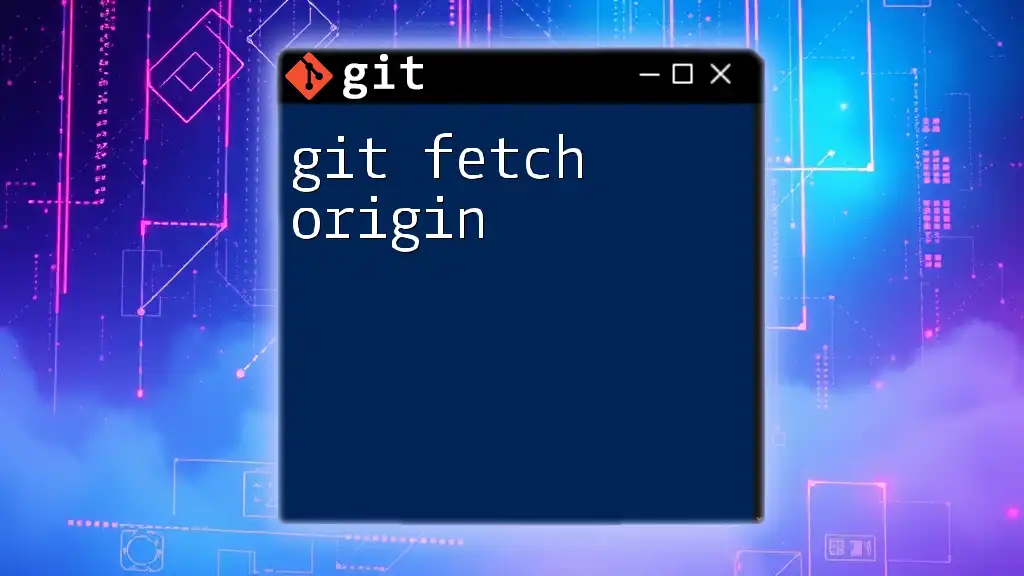
Understanding the Output of `git fetch -v`
Deciphering the Verbose Output
The output from the `git fetch -v` command provides a wealth of information. It tells you which branches have been updated and how many commits were added. You may note terms such as "new commits" or "already up-to-date."
New Commits: This indicates that new changes exist in the remote repository that are not yet in your local repository.
Already Up-to-Date: It means that your local repository reflects the current state of the remote repository—no new changes to fetch.
Examples of Common Fetch Outcomes
When you perform a fetch, you'll often see outputs like:
From https://github.com/user/repo
9fbd3e0..5aa9c7e feature-y -> origin/feature-y
This output means that the `feature-y` branch has been updated. The hashes show the changes made—first is the previous commit's hash (`9fbd3e0`) and the second is the new commit's hash (`5aa9c7e`). This aids in understanding the project's evolution over time.
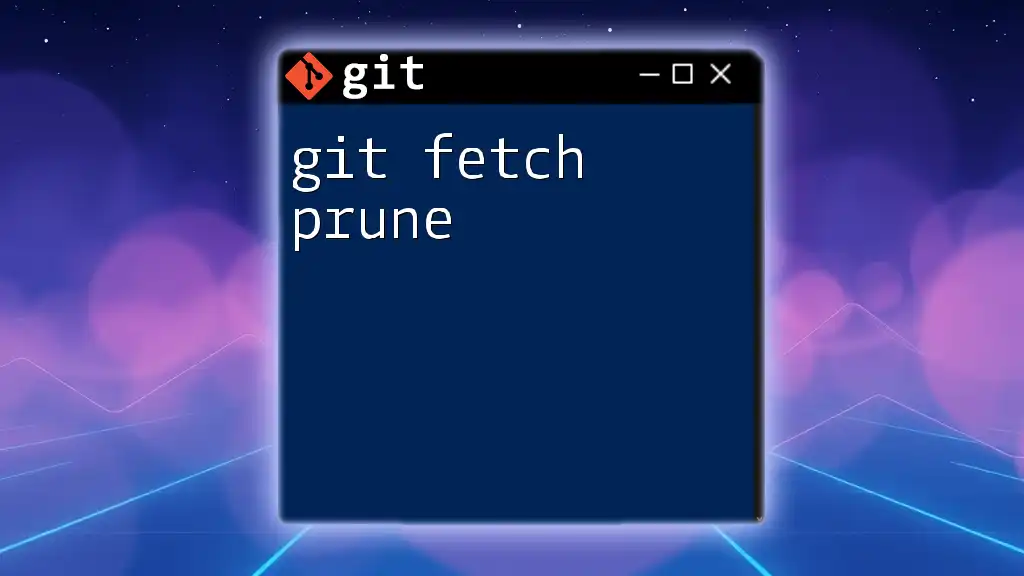
Common Use Cases for `git fetch -v`
Collaborating on Projects
In a team environment, regularly fetching updates from the remote repository is paramount. Using `git fetch -v` helps you stay aware of the project’s developments without altering your current working branch—keeping your workflow intact.
Before Merging
Prior to merging branches, it's crucial to run `git fetch -v` so you are fully aware of the changes that have been applied on the remote. Fetching helps you prepare for any potential merge conflicts by being informed about branch divergences beforehand.
When Working on Remote Branches
When engaged in feature development or working with various branches, running `git fetch -v` allows you to keep track of updates made by fellow team members. It keeps you updated on which features are under development and ensures that you are building on the most current progress.
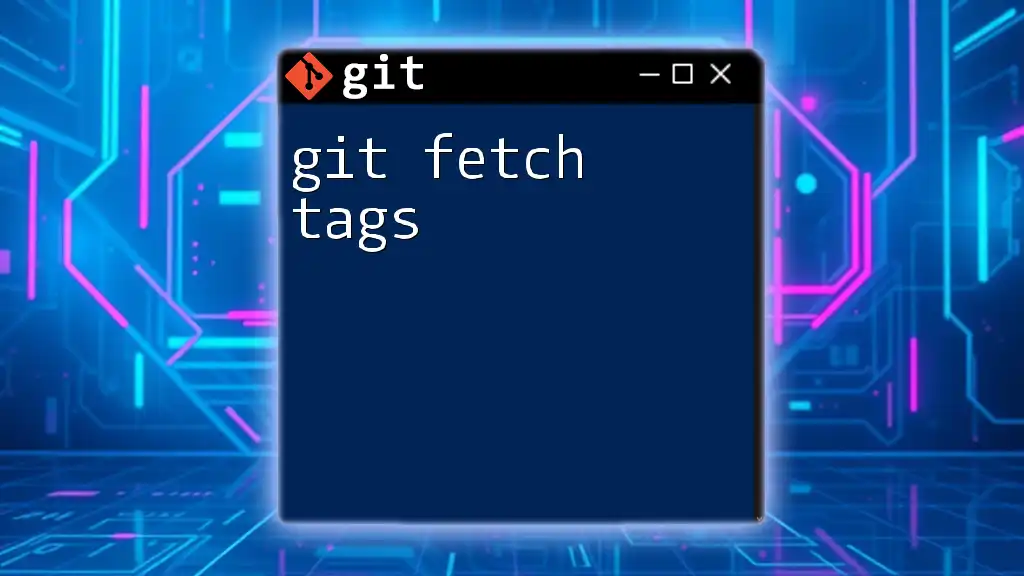
Troubleshooting Fetch Issues
Understanding Fetch Failures
At times, you may encounter issues while fetching updates. Common causes for fetch failures could include authentication problems, unreachable remote repositories, or network issues.
When you enable verbose mode, the output can help you pinpoint the issue. An error message like “Could not resolve hostname” hints at a network connectivity problem, while “Permission denied” indicates an authentication issue.
How to Address Common Issues
If you encounter an authentication problem, ensuring that your credentials (username/password or SSH keys) are set up correctly can resolve the issue. For network issues, check your connection and try again. If the remote repository appears to be unreachable, verify the remote URL in your Git configuration.
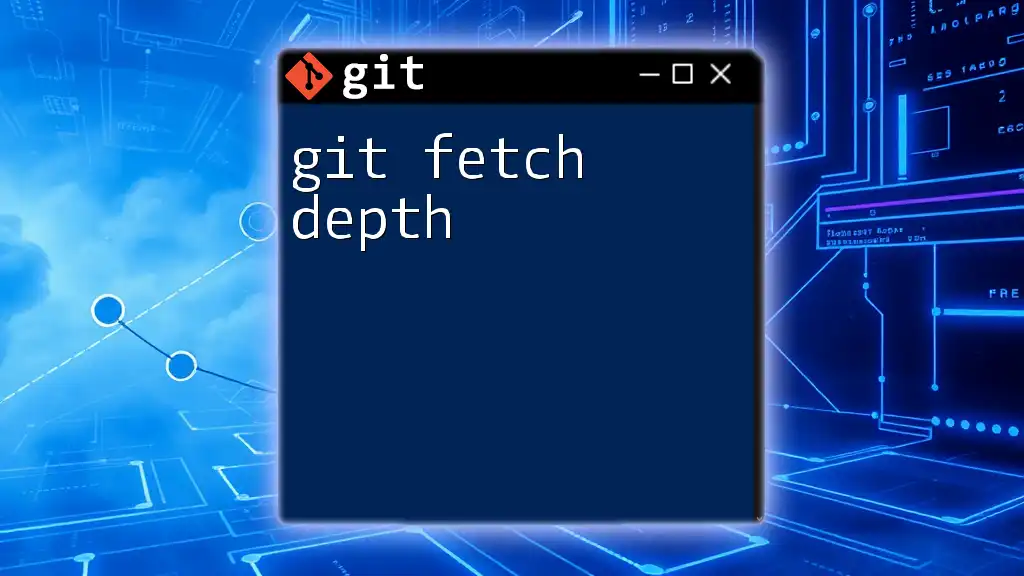
Conclusion
In summary, using `git fetch -v` is invaluable for any developer engaged in collaborative projects with remote repositories. It helps you stay informed about changes made by your teammates, keeps your workflow intact, and prepares you for future integration tasks. By incorporating `git fetch -v` into your daily Git practices, you can ensure that you are always in sync with ongoing developments in your project. As you continue learning, remember that mastering Git commands will significantly enhance your development experience and collaboration efficiency. Happy coding!

